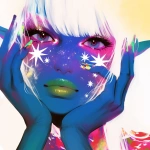Explore the Best AI Image Gallery
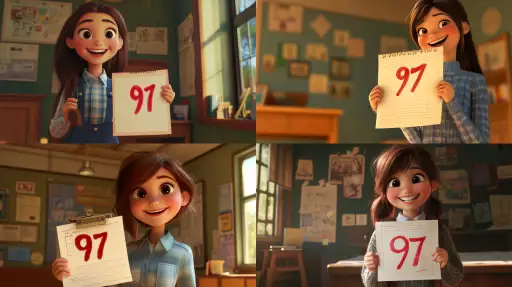
The Art of Connection: How IoT in Smart Homes is Transforming the Creative Industry
The boundaries between our physical and digital worlds are blurring at an unprecedented pace. At the heart of this transformation lies the Internet of Things (IoT), a network of interconnected devices that is reshaping countless aspects of our lives, including the creative industry. While wearable tech often takes center stage in discussions about technological innovation and creativity, the influence of IoT within smart homes is quietly but profoundly altering how artists, designers, and innovators conceive and express themselves.
A Canvas Woven with Data
Imagine a home that responds to your creative impulses, a space where data collected from everyday activities becomes a source of inspiration. This is the promise of IoT in smart homes. Sensors embedded within walls, furniture, and appliances can capture a wealth of information about our movements, interactions, and even emotional states. This data, when analyzed and interpreted creatively, can be transformed into unique artistic expressions.
Potential Applications Across Disciplines
- Music Composition: Smart homes could analyze your daily routines, mood fluctuations, and environmental sounds to generate personalized music scores or soundtracks that reflect your unique experiences.
- Visual Arts: Data collected from home lighting, temperature changes, and even the way you move through a space could be used to create dynamic visual installations, sculptures, or animations that evolve in response to real-time conditions.
- Performance Art: Imagine a performance where the stage itself becomes an interactive element, responding to the audiences movements, emotions, and even their social media interactions. IoT sensors could enable this level of immersive and responsive performance art.
Collaboration Redefined
The interconnected nature of smart homes fosters a new era of collaborative creativity. Artists can share data streams, co-create projects in real time, and build upon each others ideas regardless of physical location. Imagine a virtual studio where designers from around the world can contribute to a shared project, their individual contributions seamlessly woven together through an IoT platform.
Ethical Considerations: Navigating Privacy and Ownership
As with any transformative technology, the integration of IoT in smart homes raises important ethical considerations. The collection and analysis of personal data require careful attention to privacy concerns. Who owns this data? How is it used? And who has access to it? Establishing clear guidelines and protocols for data governance is essential to ensure responsible and ethical innovation.
Furthermore, the blurring lines between human creativity and machine-generated content raise questions about authorship and originality. As AI algorithms become increasingly sophisticated, they may be able to generate creative outputs that are indistinguishable from human creations. This necessitates a re-evaluation of traditional notions of artistic ownership and intellectual property.
Future Trends: A Glimpse into the Creative Landscape
- Personalized Creativity: We can expect to see even more tailored creative experiences, with AI algorithms learning our preferences and generating personalized content that resonates deeply with our individual tastes.
- Augmented Reality Integration: Imagine blending digital creations seamlessly into the physical world of your smart home. AR overlays could enhance everyday objects, transforming them into interactive art pieces or immersive storytelling environments.
- The Rise of the Smart Studio: Smart homes will evolve into dynamic creative studios, equipped with sensors, AI assistants, and collaborative platforms that empower artists to push the boundaries of their imagination.
The convergence of IoT and creativity is ushering in a new era of artistic expression, blurring the lines between the physical and digital realms. As we navigate this evolving landscape, it is crucial to embrace ethical considerations, foster collaboration, and celebrate the boundless potential of human creativity amplified by technology.
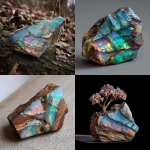
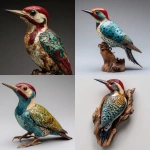

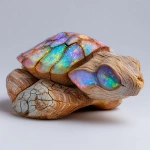

](https://images.ai-img.art/thumbnails/150/a69d53a113ddf1359541b29f34c374131643f6928d2df52596852b92a4094299.webp)
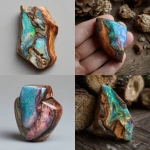
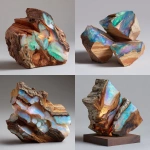
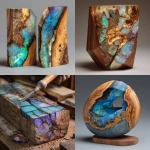
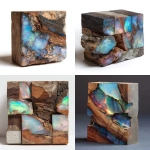
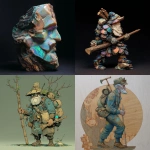
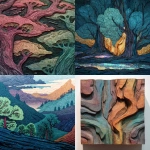
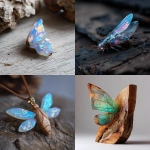
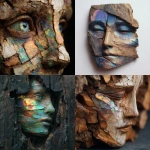
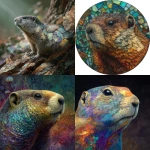
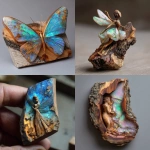
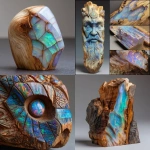
](https://images.ai-img.art/thumbnails/150/3fa1fec0508df17cd82cf66806b9fddfb0fef3b624f05520a22afde084c66822.webp)
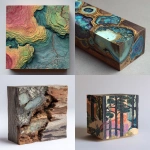
](https://images.ai-img.art/thumbnails/150/7291fa34d974ce2b36ae1e3c124c4f19a5c1d2f432e7e9c33bc41e3a4f0b56bb.webp)
](https://images.ai-img.art/thumbnails/150/4cca1ecd7a461a516a228244d12e5b5a798c9744fc671ce0c52a8b69209c8970.webp)
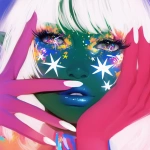
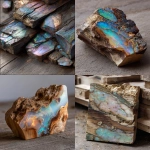
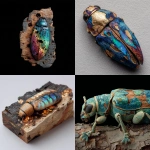
](https://images.ai-img.art/thumbnails/150/f0b7939a19ab98d4c0fdc6789f651ef7c7124007071d8c7447b50b069ae68c27.webp)
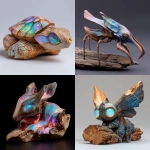
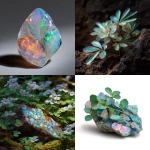
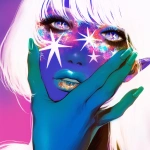
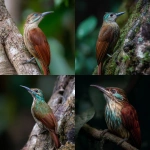
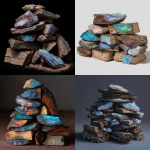
](https://images.ai-img.art/thumbnails/150/f71c540756c1c6c076e0c10359c59592da93a9f050accf3387fa92f771317c86.webp)
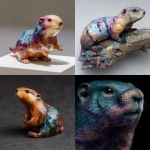
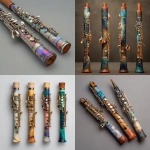
](https://images.ai-img.art/thumbnails/150/477d56ac263bedbedb83610fa5278dd787f18bed6932605c9991a22a64a10375.webp)
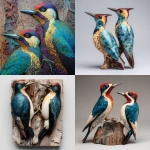
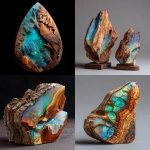
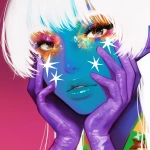
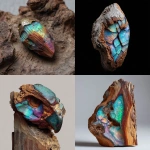

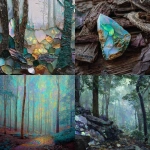
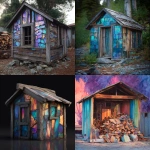
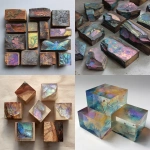
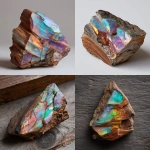
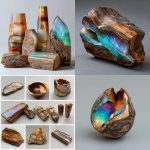
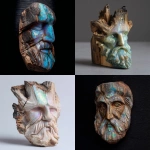
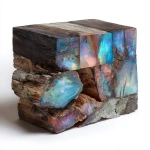
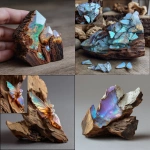

](https://images.ai-img.art/thumbnails/150/e3e897a9873fb4983dedd434fae30085608fd4b2263a07859dfcd32488a5dc71.webp)
